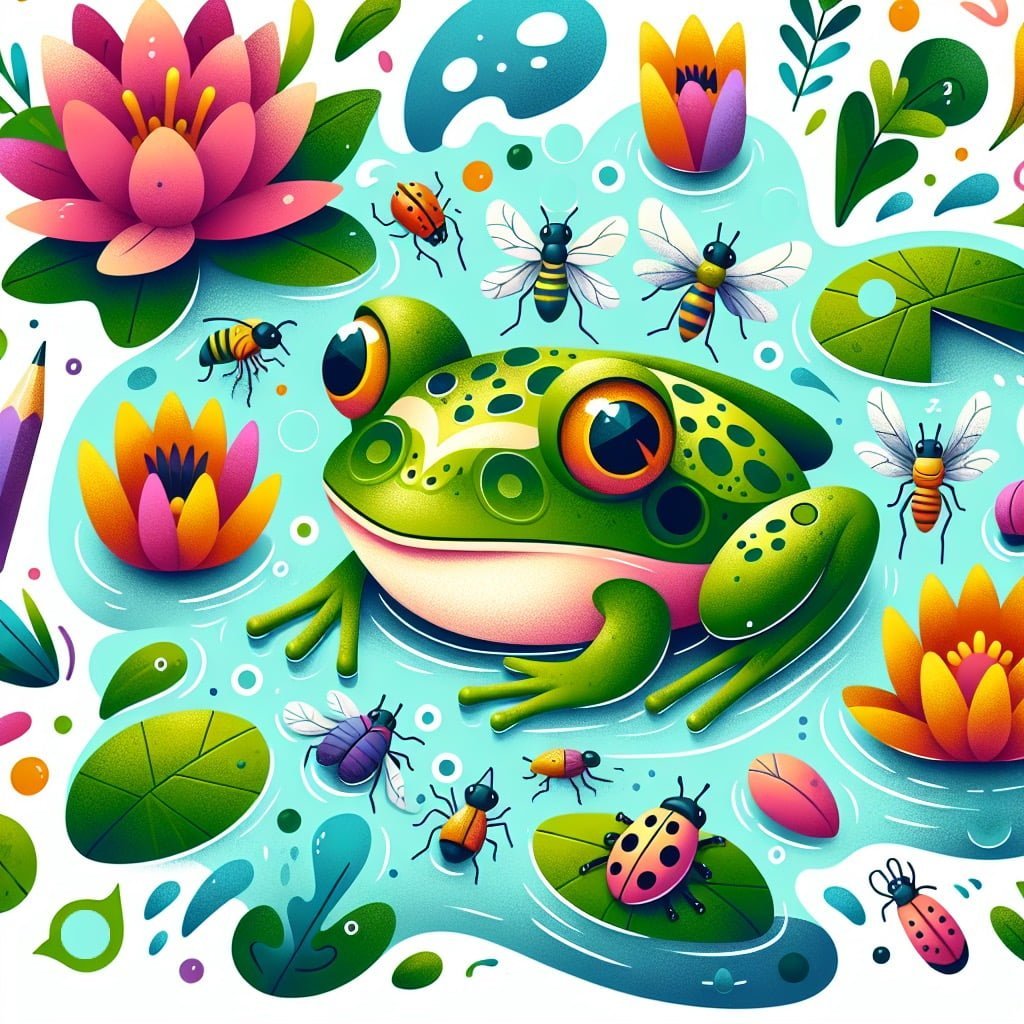Welcome to our blog post on Octopus Facts For Kids! Get ready to dive into the fascinating world of these intelligent and mysterious sea creatures. From their ability to change colors and textures to their regenerative powers, octopuses never fail to amaze us. Whether you’re a younger kid looking for fun facts or an older kid interested in the science behind these incredible animals, there’s something here for everyone. So join us as we explore the three hearts, blue blood, and beak-like structures of octopuses, and discover why they are truly one of the most unique creatures in the ocean. Get ready to be mesmerized by these underwater wonders!
Octopus Facts For Kids
1. Octopuses Have Three Hearts
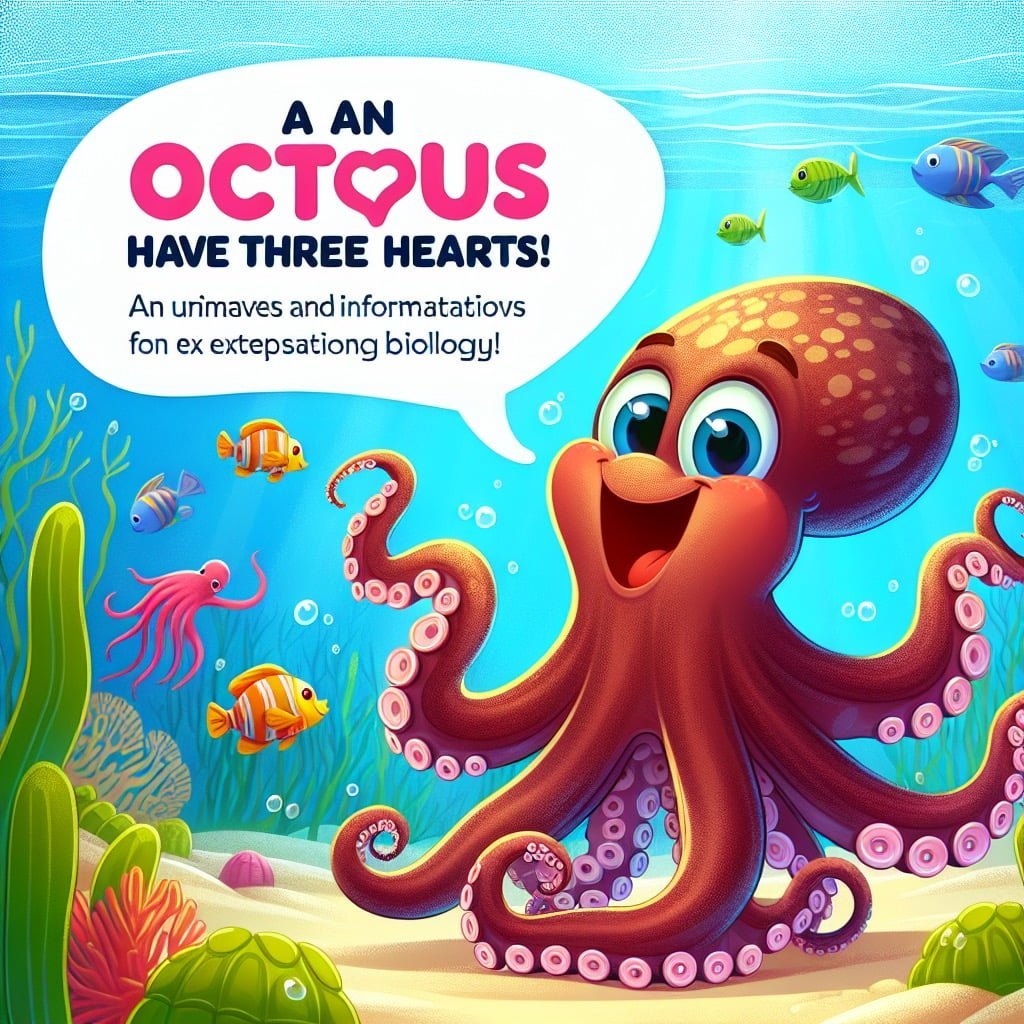
For younger kids: Octopuses have 3 hearts that help them pump blood through their bodies.
For older kids: Octopuses have three hearts – two pump blood through the gills, and one pumps blood through the rest of the body.
Detailed explanation:Octopuses are fascinating creatures of the sea, known for their intelligence and unique physical characteristics. One interesting fact that captures the attention of many, especially children, is that octopuses have three hearts. This trait sets them apart from most other animals and showcases the remarkable adaptations that have evolved in these cephalopods.
The three hearts of an octopus serve different purposes within their bodies. Two of the hearts are responsible for pumping blood through the gills, where oxygen is absorbed from the water. The third heart is responsible for circulating oxygen-rich blood throughout the rest of the octopus’s body. This intricate system ensures that the octopus has a sufficient oxygen supply to support its active lifestyle in the ocean.
The presence of three hearts in octopuses is a prime example of the incredible diversity of life on earth. While most animals, including humans, have just one heart to perform the function of pumping blood throughout the body, octopuses have evolved a more complex cardiovascular system to meet the demands of their aquatic environment. This adaptation allows octopuses to thrive in their underwater habitats and showcases the ingenuity of nature’s designs.
Learning about octopus facts like their three hearts can spark curiosity and fascination in kids, encouraging them to appreciate the wonders of the natural world. By exploring the unique attributes of creatures like octopuses, children can gain a deeper understanding of biology and the diverse forms that life can take. Octopus facts for kids, such as the presence of three hearts, provide opportunities for engaging and educational experiences that inspire a love for science and the beauty of our planet’s ecosystems.
Octopus Facts For Kids
2. Octopuses Can Change Colors and Texture
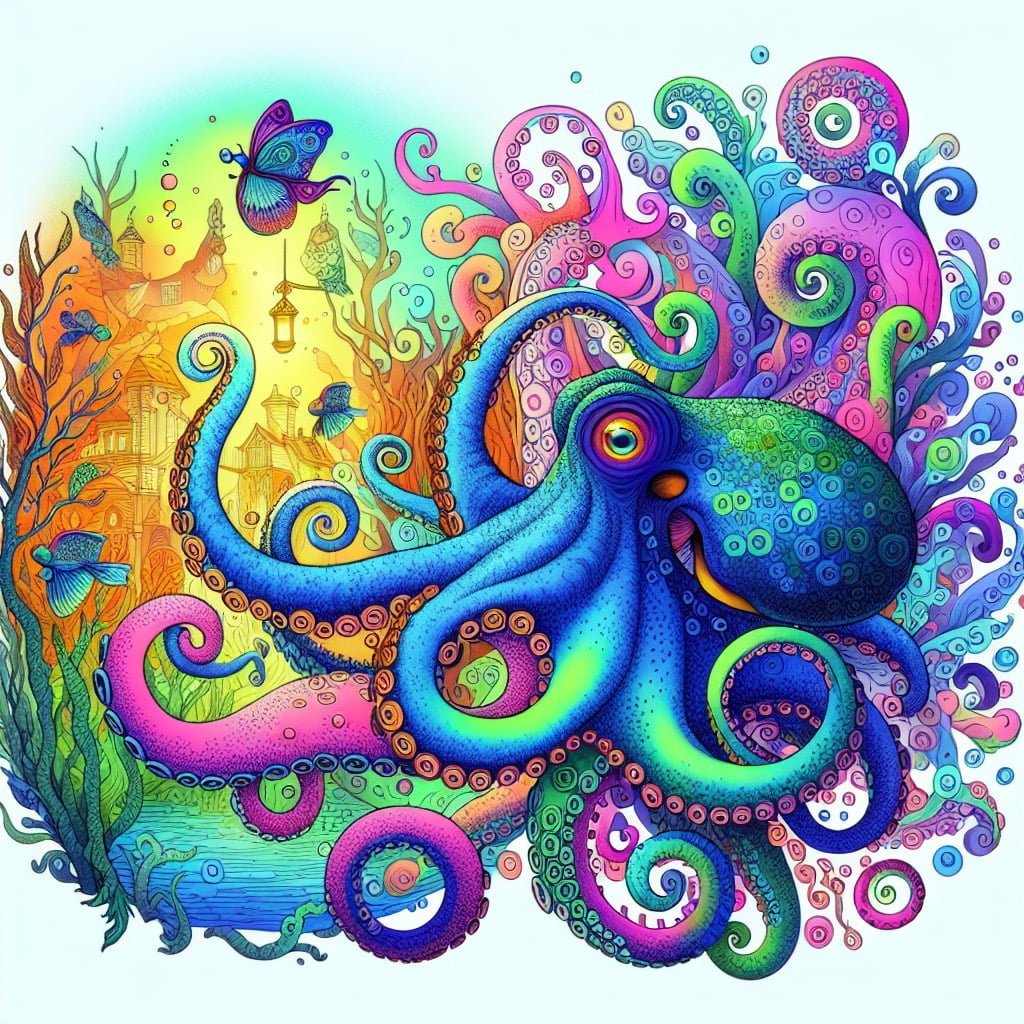
For younger kids: Octopuses can change their colors and even their texture to match their surroundings!
For older kids: Octopuses have specialized cells called chromatophores that help them change color and texture to camouflage or communicate.
Detailed explanation:One fascinating fact about octopuses, especially for kids, is their ability to change colors and texture. This remarkable capability is made possible by specialized cells in their skin called chromatophores, which contain different pigments that can expand or contract to create a range of colors. Octopuses also have cells called iridophores and leucophores, which reflect and scatter light to produce iridescent and white colors, respectively.
The process of color change in octopuses is controlled by their central nervous system and can be triggered by various factors such as mood, communication, and camouflage. For example, when an octopus feels threatened, it may change its color to blend in with its surroundings, making it harder for predators to spot them. This is particularly important for their survival in the wild, where they are constantly at risk of being preyed upon.
In addition to changing colors, octopuses can also alter the texture of their skin to match their surroundings. This is achieved through small muscular structures called papillae, which can raise or lower to create bumps, spikes, or smooth surfaces. By combining color changes with texture modifications, octopuses are able to achieve an impressive level of camouflage that helps them evade detection by predators.
Overall, the ability of octopuses to change colors and texture is a fascinating adaptation that showcases the incredible diversity and complexity of the natural world. By learning more about these octopus facts for kids, we can appreciate the beauty and uniqueness of these amazing creatures and the ways in which they have evolved to survive in their environments.
Octopus Facts For Kids
3. Octopuses Have Beaks Like Birds
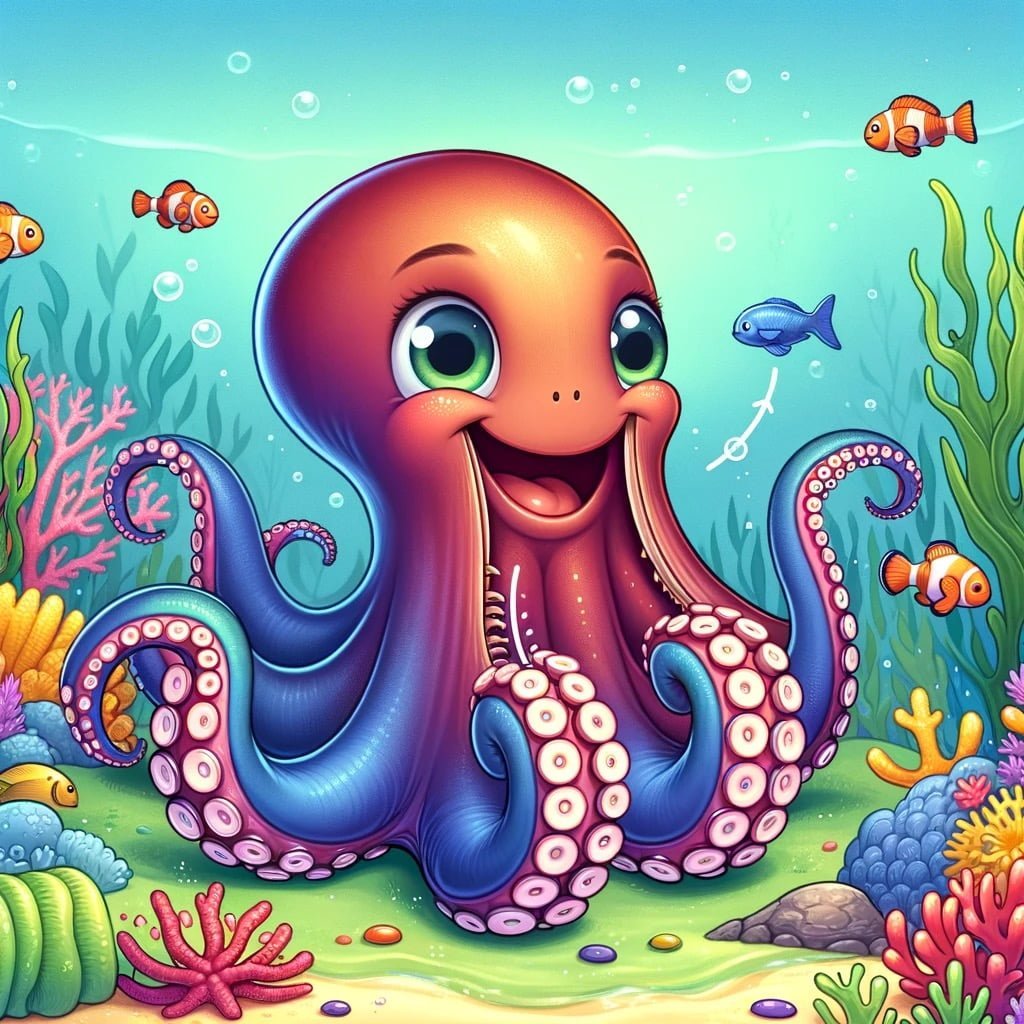
For younger kids: Octopuses have a hard beak like a bird to help them eat their food!
For older kids: Octopuses have a hard, sharp beak at the center of their tentacles, which they use to crack open crustaceans and mollusks.
Detailed explanation:One fascinating Octopus Facts For Kids is that these mysterious creatures have beaks similar to that of birds. This unique feature sets them apart from other marine animals and showcases the incredible diversity and adaptability of cephalopods.
The beak of an octopus is a hard, sharp structure made of chitin, the same substance found in the exoskeletons of insects. This beak is used for both hunting and defense, allowing octopuses to break through the tough shells of their prey or ward off potential predators. The beak is located at the center of the octopus’s arms, where it can easily grasp and manipulate objects with precision.
The presence of a beak is essential for octopuses, as they are carnivorous creatures that primarily feed on crustaceans, mollusks, and fish. With their beaks, octopuses can easily break into the shells of their prey and extract the soft tissues within. This adaptation has enabled them to become skilled hunters in their underwater habitats.
Interestingly, the resemblance of an octopus’s beak to that of a bird’s beak is not merely a coincidence. Both birds and octopuses are highly evolved species with complex nervous systems and advanced cognitive abilities. The convergent evolution of beaks in these two distinct groups of animals highlights the diverse ways in which different species can adapt to their environments and thrive in their respective ecosystems.
In conclusion, the presence of beaks in octopuses serves as a remarkable example of their unique biology and specialized adaptations for survival in the ocean. This Octopus Facts For Kids illustrates the fascinating world of these intelligent and resourceful marine creatures.
Octopus Facts For Kids
4. Octopuses Have Blue Blood
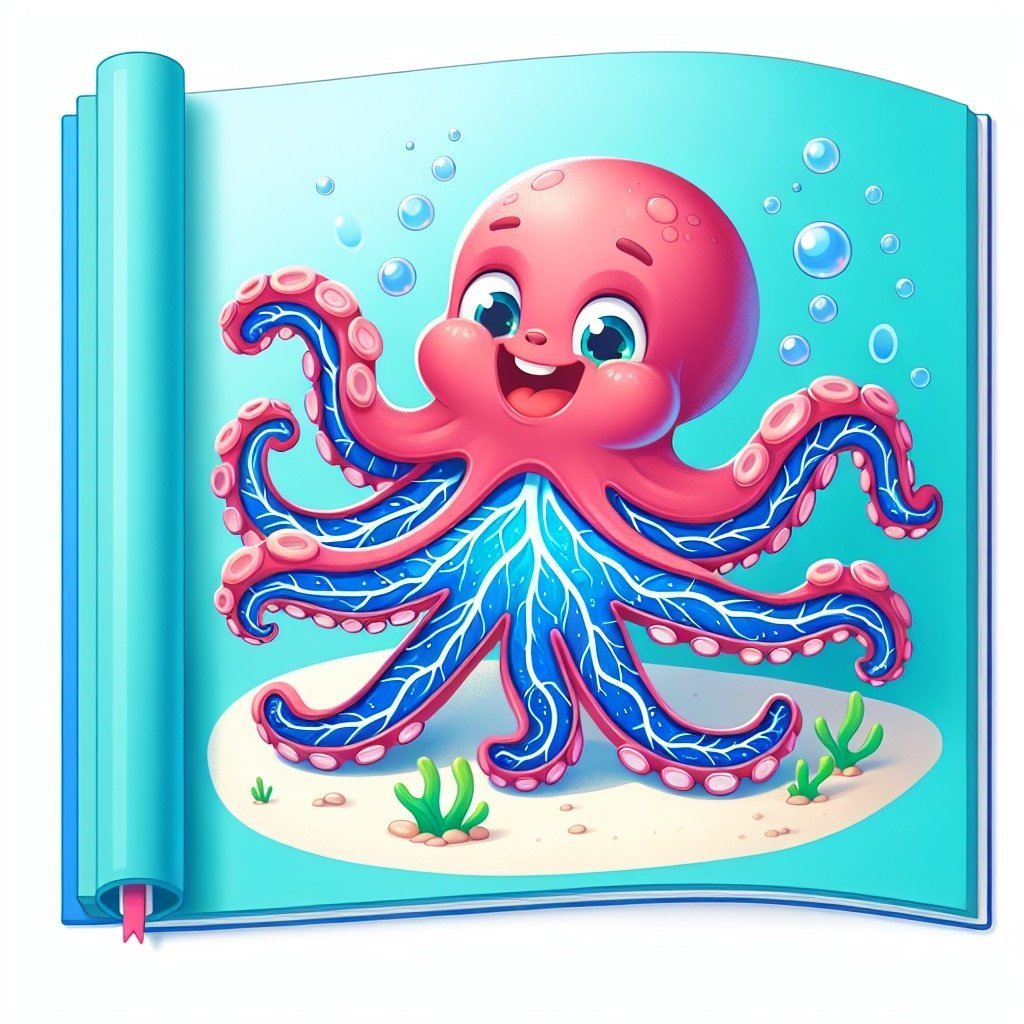
For younger kids: Octopuses have blue blood instead of red like us!
For older kids: Octopuses have blue blood because it contains a copper-rich protein called hemocyanin for carrying oxygen.
Detailed explanation:Octopus Facts For Kids: One interesting and lesser-known fact about octopuses is that they have blue blood. This unique characteristic sets them apart from most other animals, including humans. The reason behind this blue blood can be attributed to the presence of a copper-based molecule called hemocyanin in their circulatory system, which is responsible for transporting oxygen throughout their bodies.
Unlike humans, who have iron-based hemoglobin in their blood, octopuses rely on hemocyanin to bind with oxygen and carry it to their cells. This molecule contains copper atoms, which give the octopus’s blood a blue color when oxygenated. This is why their blood appears blue when you see it flowing through their transparent bodies.
The presence of hemocyanin in their blood is not the only unique aspect of octopus physiology. They also have three hearts, which pump this blue blood throughout their bodies. Two of these hearts are responsible for pumping blood to the gills for oxygenation, while the third heart pumps oxygenated blood to the rest of the body. This efficient circulatory system allows octopuses to thrive in their aquatic environments, where they often need to move quickly and efficiently to catch prey or evade predators.
In conclusion, the fact that octopuses have blue blood due to the presence of hemocyanin is a fascinating example of the diversity and complexity of the natural world. This unique adaptation allows octopuses to thrive in their underwater habitats and underscores the importance of understanding and appreciating the incredible diversity of life on Earth.
So, next time you see an octopus swimming gracefully in the ocean, remember that its blue blood is just one of the many amazing adaptations that make these creatures so fascinating.
Octopus Facts For Kids
5. Octopuses Are Invertebrates
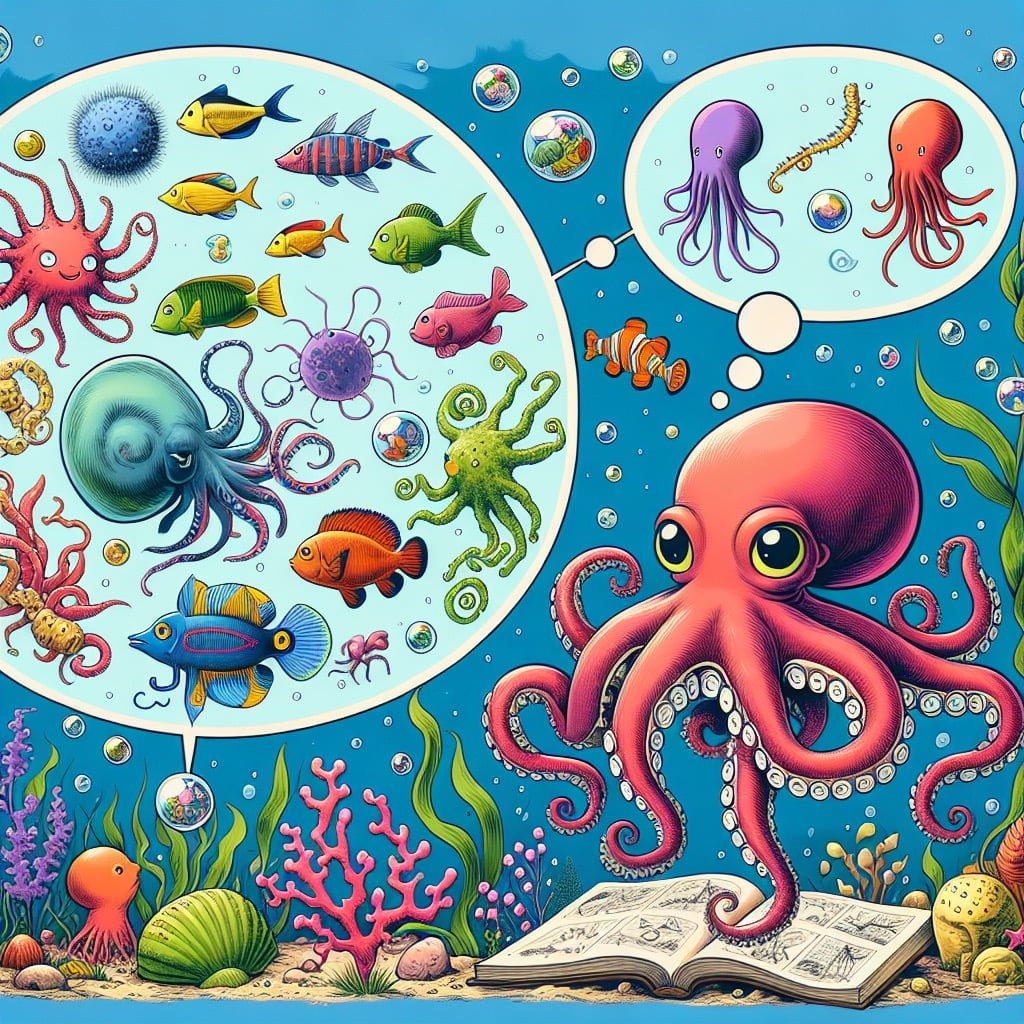
For younger kids: Octopuses don’t have bones – they are invertebrates!
For older kids: Octopuses belong to a group of animals called cephalopods and are classified as invertebrates because they lack a backbone.
Detailed explanation:Octopuses are fascinating creatures that belong to the phylum Mollusca, making them invertebrates. This means that they lack a backbone or spinal column, which sets them apart from vertebrates like mammals, birds, reptiles, and fish. Invertebrates make up a large portion of the animal kingdom, including insects, crustaceans, and mollusks like octopuses.
Octopuses have a soft body that is made up of a bag-like structure called a mantle, inside of which most of their organs are located. This lack of a skeleton allows octopuses to be incredibly flexible and agile, squeezing through tight spaces and contorting their bodies in remarkable ways. In fact, they are known for their ability to change colors and textures to blend in with their surroundings, providing them with excellent camouflage against predators and prey alike.
Despite being invertebrates, octopuses are highly intelligent creatures with complex behaviors and problem-solving skills. They have been observed using tools, opening jars, and even escaping from enclosed spaces like aquarium tanks. These abilities have captured the interest of scientists studying animal cognition and have sparked debate about the nature of consciousness in non-human animals.
In conclusion, octopuses are invertebrates that defy the stereotypes often associated with spineless creatures. Their unique biology and impressive capabilities make them a captivating subject of study for researchers and a popular topic for educational resources like Octopus Facts For Kids. By exploring the world of octopuses, children can learn about the diversity of life on Earth and develop a greater appreciation for these fascinating marine animals.
Octopus Facts For Kids
6. Octopuses Have Eight Tentacles
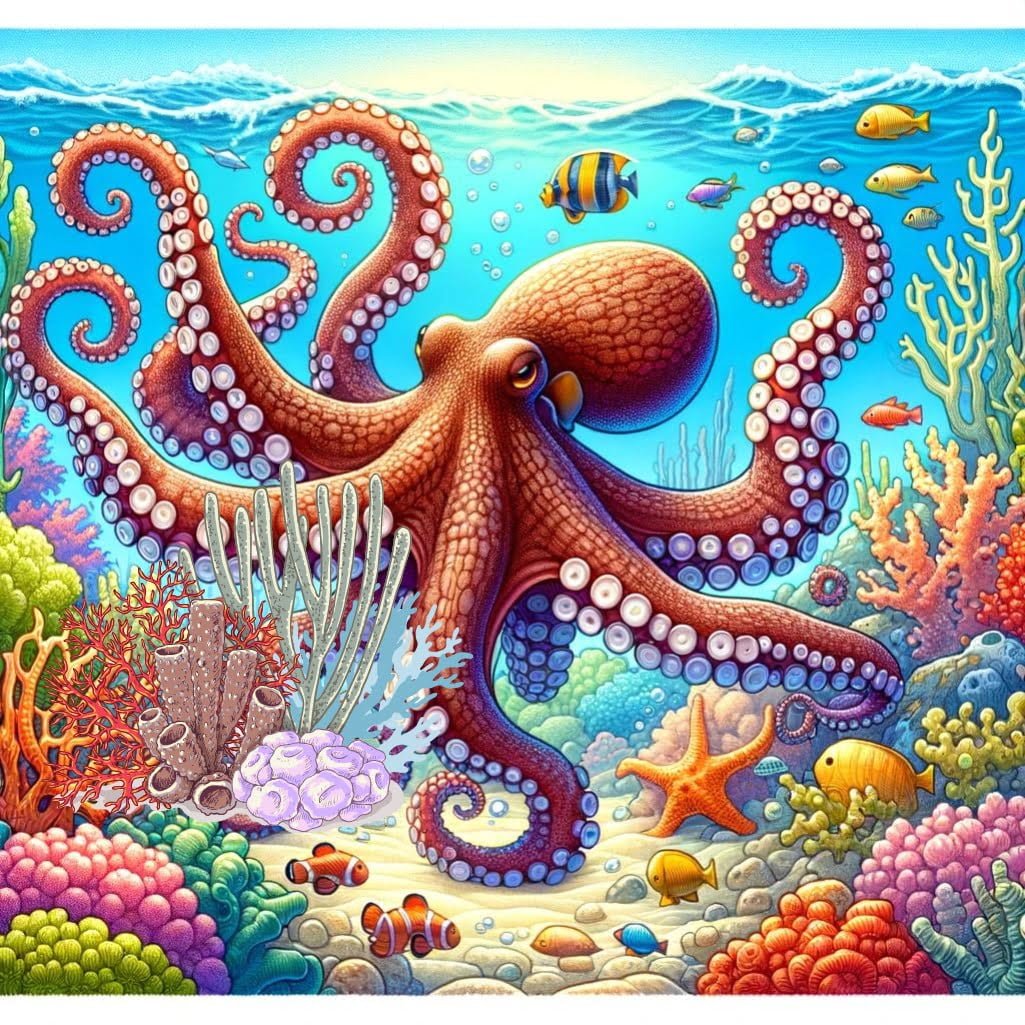
For younger kids: Octopuses have 8 long, wiggly tentacles to help them catch their food.
For older kids: Octopuses have eight flexible tentacles lined with suction cups that help them capture prey and navigate their environment.
Detailed explanation:Octopus Facts For Kids
One fascinating fact about octopuses that kids find particularly intriguing is that they have eight tentacles. These tentacles are lined with suction cups that allow them to grip onto objects and capture their prey with ease. The suction cups are extremely powerful, enabling the octopus to hold onto even slippery or fast-moving prey.
The eight tentacles of an octopus are incredibly flexible and agile, allowing the creature to move with grace and precision. Each tentacle is lined with sensitive receptors that help the octopus navigate its environment and locate food. In fact, an octopus can even taste and smell with its tentacles, allowing it to explore and interact with its surroundings in a unique way.
Octopuses use their tentacles not only for hunting and capturing prey, but also for defense. When threatened, an octopus can shoot a stream of dark ink from its ink sac to confuse predators and make an escape. This ink cloud acts as a decoy, allowing the octopus to quickly swim away and find safety.
Overall, the eight tentacles of an octopus are a marvel of nature, allowing these intelligent creatures to thrive in their marine habitats. Kids are often captivated by the idea of an animal with so many limbs, each one contributing to the octopus’s remarkable abilities. Octopus facts like these can inspire curiosity and wonder about the diversity of life on Earth.
Octopus Facts For Kids
7. Octopuses Are Extremely Intelligent
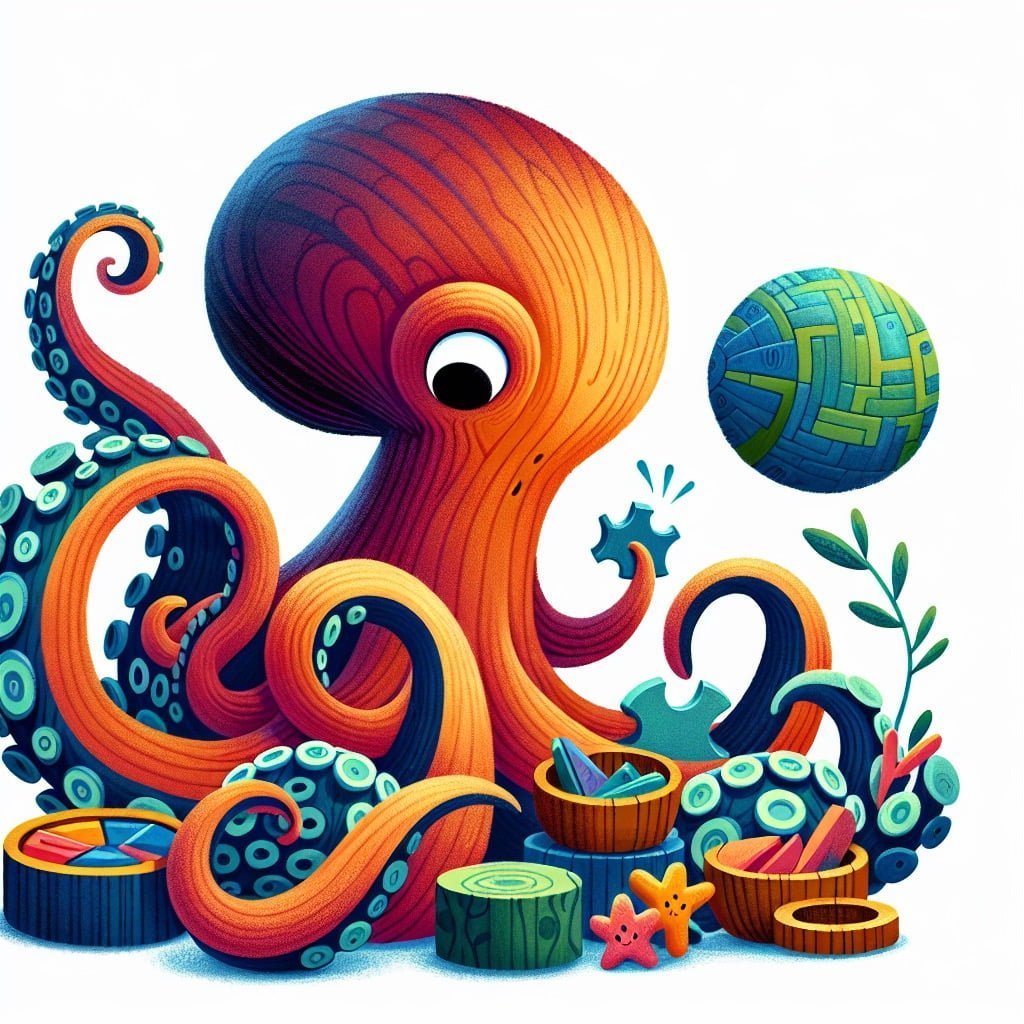
For younger kids: Octopuses are really smart and can solve puzzles to get treats!
For older kids: Octopuses are known to be highly intelligent creatures, capable of problem-solving, using tools, and even exhibiting playful behavior.
Detailed explanation:Octopuses truly are fascinating creatures, particularly when it comes to their intelligence. In fact, octopuses are known to be extremely intelligent animals, often displaying complex behaviors and problem-solving abilities that have astounded researchers and scientists.
One of the most remarkable displays of octopus intelligence is their ability to use tools. Octopuses have been observed using rocks, shells, and other objects to create shelters, gather food, or even defend themselves. This level of tool usage is quite rare in the animal kingdom and is a clear indication of the octopus’s cognitive abilities.
Furthermore, octopuses are known to have excellent memory. They can remember past events and learn from them, which helps them navigate their environments more effectively. This strong memory also allows octopuses to recognize individual humans and learn from their interactions with them.
Another aspect of octopus intelligence is their problem-solving skills. Octopuses have been known to figure out complex puzzles, such as opening jars or navigating through mazes, in order to obtain food or escape from predators. This ability to adapt and problem solve demonstrates the octopus’s advanced cognitive abilities.
Overall, the intelligence of octopuses is truly remarkable and continues to be a source of fascination for researchers and animal enthusiasts alike. By studying and understanding octopus intelligence, we can gain valuable insights into the complexities of the animal mind and the diverse ways in which intelligence can manifest in the natural world.
Octopus Facts For Kids
8. Octopuses Can Regrow Their Arms
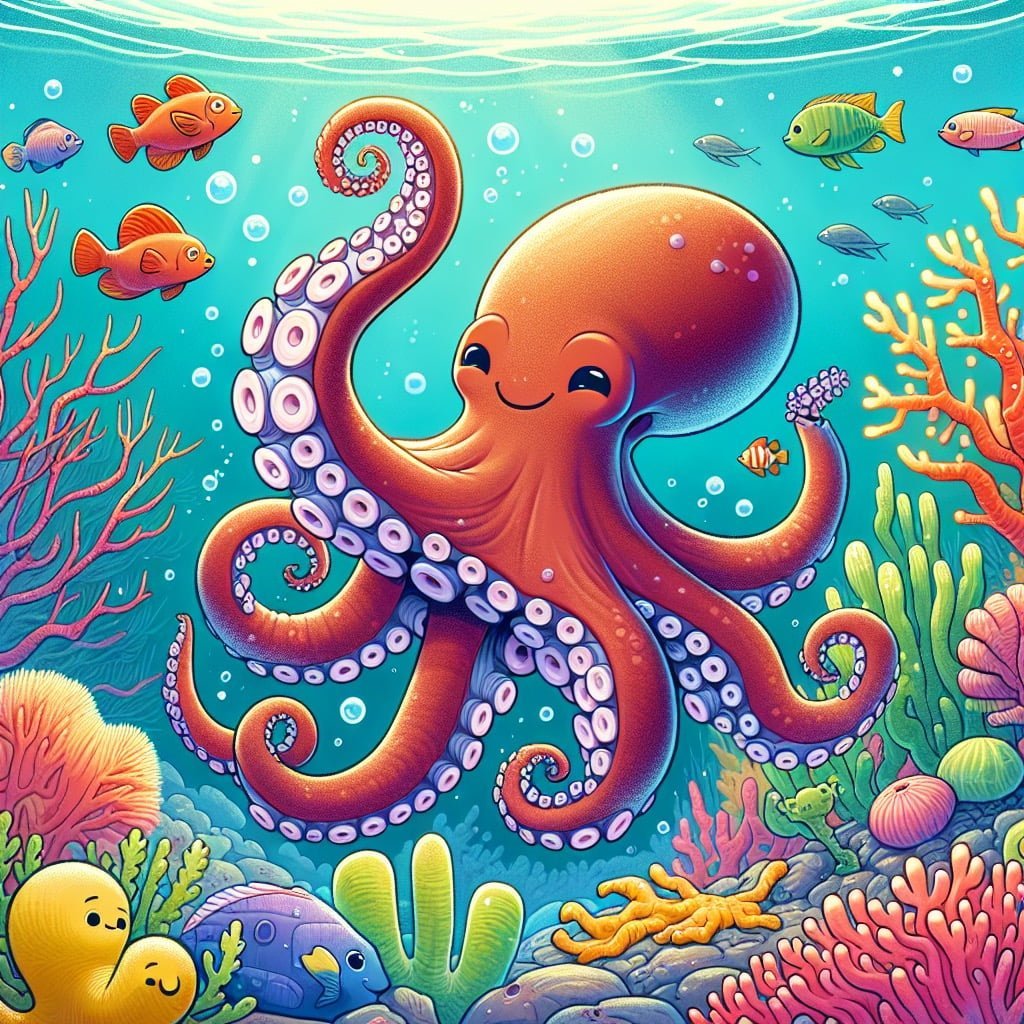
For younger kids: Octopuses can grow a new arm if they lose one!
For older kids: Octopuses have the amazing ability to regenerate lost arms, thanks to their decentralized nervous system that allows for independent control of each arm.
Detailed explanation:One fascinating fact about octopuses that never ceases to amaze both children and adults is their ability to regrow their arms. This remarkable capability is a result of their incredible regenerative abilities, allowing them to replace lost or damaged limbs with new ones.
When an octopus loses an arm, whether due to a predator attack or self-amputation to escape danger, it triggers a complex process known as regeneration. Specialized cells called stem cells are activated at the site of the injury, rapidly dividing and differentiating to form new tissues, including muscles, nerves, and suckers. Over time, these tissues grow and develop into a fully functional new arm, complete with all the complex structures and functionalities of the original.
The regrowth of arms in octopuses serves several important purposes. Firstly, it allows them to quickly recover from injuries and continue their normal activities, such as hunting for food and avoiding predators. Secondly, it enhances their survival chances in the wild, as they can easily replace lost limbs without suffering any long-term consequences. This remarkable ability also sets octopuses apart from other animals and showcases the incredible adaptability and resilience of these cephalopods.
Learning about the regenerative capabilities of octopuses can inspire curiosity and wonder in children, sparking their interest in marine biology and the natural world. By sharing fascinatingOctopus Facts For Kids such as this one, we can cultivate a sense of appreciation for these intelligent and fascinating creatures and encourage future generations to protect and preserve their marine habitats.
Octopus Facts For Kids
9. Octopuses Have Blue-Ringed Species

For younger kids: Some octopuses have blue rings on their body that warn predators they are dangerous!
For older kids: The blue-ringed octopus is one of the world’s most venomous marine animals with striking blue rings that warn predators of its deadly toxins.
Detailed explanation:One fascinating fact about octopuses that will definitely capture the interest of children is that they have blue-ringed species. These species of octopuses are truly unique and mesmerizing due to their vibrant blue rings that stand out against their usually dull-colored bodies.
The blue-ringed octopus is known for its breathtaking and unmistakable appearance. Their blue rings are actually a warning sign to predators, signaling that they are venomous and should be avoided. This defense mechanism is crucial for their survival in the wild.
Kids will be amazed to learn that despite their small size, blue-ringed octopuses are among the most venomous marine animals in the world. Their venom contains powerful neurotoxins that can quickly paralyze their prey or deter potential threats.
In addition to their striking appearance and potent venom, blue-ringed octopuses also exhibit fascinating behaviors that intrigue both scientists and children alike. They are incredibly intelligent creatures, capable of problem-solving and learning through observation. Their ability to camouflage themselves by changing color and texture is another impressive trait that showcases their adaptability in the oceanic environment.
Overall, the presence of blue-ringed species adds an element of wonder and mystery to the world of octopuses that is sure to captivate the imagination of kids everywhere. Learning about these unique creatures not only expands their knowledge of marine life but also instills a sense of respect and awe for the diversity of the natural world.
Octopus Facts For Kids
10. Octopuses Can Squeeze Through Tiny Spaces
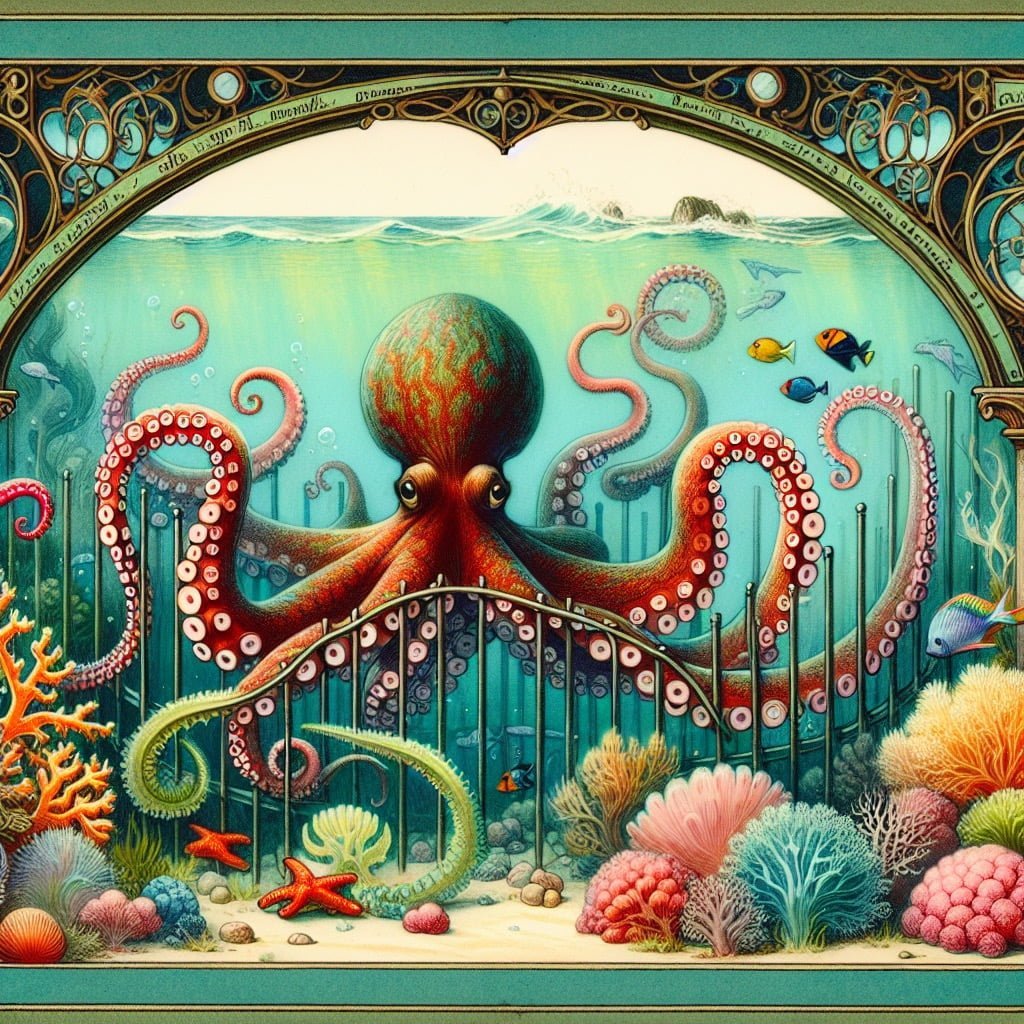
For younger kids: Octopuses can fit through really small holes because they are very flexible!
For older kids: Due to their soft bodies and lack of bones, octopuses can manipulate their shape and squeeze through tight spaces, making them expert escape artists.
Detailed explanation:Octopuses are fascinating creatures that never fail to capture the imagination of both kids and adults alike. One particularly impressive skill that octopuses possess is their ability to squeeze through tiny spaces. This makes them incredibly agile and adaptable in their underwater environment.
This ability is mainly due to their lack of a rigid skeleton, unlike most other animals. Instead, octopuses have a body made almost entirely of soft tissue, allowing them to contort and squeeze their bodies through unbelievably small openings. In fact, an average-sized octopus can squeeze through a hole the size of a coin!
Octopuses also have a unique way of navigating through these tight spaces. They are incredibly flexible and possess an exceptional sense of touch due to their numerous suction cups located on their tentacles. These suction cups not only help them grip onto surfaces but also allow them to feel their way through narrow passages.
This skill of squeezing through tiny spaces is not just a party trick for octopuses. It serves as a crucial survival mechanism in the wild, helping them escape from predators or hunt for prey in hard-to-reach places. By being able to access tight crevices and holes, octopuses can find shelter, food, and even potential mates.
In conclusion, the fact that octopuses can squeeze through tiny spaces is a testament to their incredible adaptability and intelligence. It is just one of the many fascinating Octopus Facts For Kids that make these creatures so intriguing and deserving of our admiration.
Did you know?
Did you know that some octopuses are known to mimic the shapes and colors of other animals, such as flounders or lionfish, as a form of camouflage?
Summary of Octopus Facts For Kids
If you’re fascinated by the mysteries of the ocean and the incredible creatures that inhabit it, you won’t want to miss this blog post about octopuses! From their unique anatomy to their impressive abilities, there are plenty of fascinating facts to learn about these intelligent cephalopods.
Did you know that octopuses have three hearts? Or that they can change colors and textures to camouflage themselves? Not to mention their beak-like mouth and blue blood! Plus, the fact that they are invertebrates with eight tentacles and the remarkable intelligence they possess.
But perhaps one of the most intriguing aspects of octopuses is their ability to regenerate lost arms and their knack for squeezing through tiny spaces. These facts about octopuses are not only educational but also captivating for kids of all ages.
So, if you want to dive deeper into the world of these fascinating creatures and uncover more incredible octopus facts, be sure to read on!
Sources and additional information for Octopus Facts For Kids
WikipediaBritannicaSan Diego Zoo KidsThe Smithsonian InstitutionDK Find Out!Australian MuseumWorld Wildlife FundThe Nature ConservancyAnimal PlanetMonterey Bay AquariumPBS NatureSmithsonian’s National Zoo & Conservation Biology InstituteWorld Wildlife FundAnimal Diversity Web (University of Michigan)IUCN Red List of Threatened SpeciesThe Cornell Lab of Ornithology – All About BirdsNational Audubon SocietyEncyclopedia of LifeSeaWorld Parks & EntertainmentAustralian Museum – AnimalsEncyclopedia of Life


